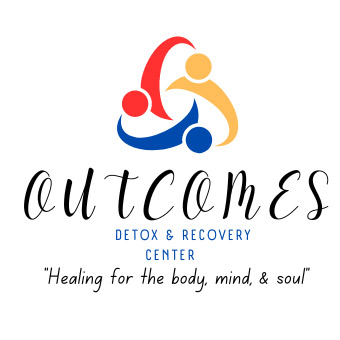It's time to change your life

Can drug addiction and dependence be treated?
Addiction is a disease that, while sometimes incurable, can be treated or managed to eliminate or reduce the disruptive effects on an addict’s life
At Outcomes Detox & Recovery Center we handle in a professional and comprehensive way the treatment of the following addictions.
How can a Medical Detox help?
Medical-assisted detoxification will minimize the severity of drug and alcohol withdrawal symptoms through the use of a substitute drug that is administered in a medically supervised setting. Drug and alcohol withdrawals are extremely painful and sometimes life threatening. It is often due to these severe withdrawal symptoms that people continue to use the drug. Offering a safer surrogate encourages patients to be less physically dependent on the drug or alcohol.
If you suffer from other addiction or substance abuse, do not hesitate to contact us, we can help you.

TODAY IS THE DAY TO CHANGE YOUR LIFE
Our Location
425 East Los Ebanos
Suite 108-109 Men’s Facility
Suite 110 Women’s Facility
Brownsville, Texas 78520
Our Contact
(956) 621-0962
(956) 572-4099
Mail Us


